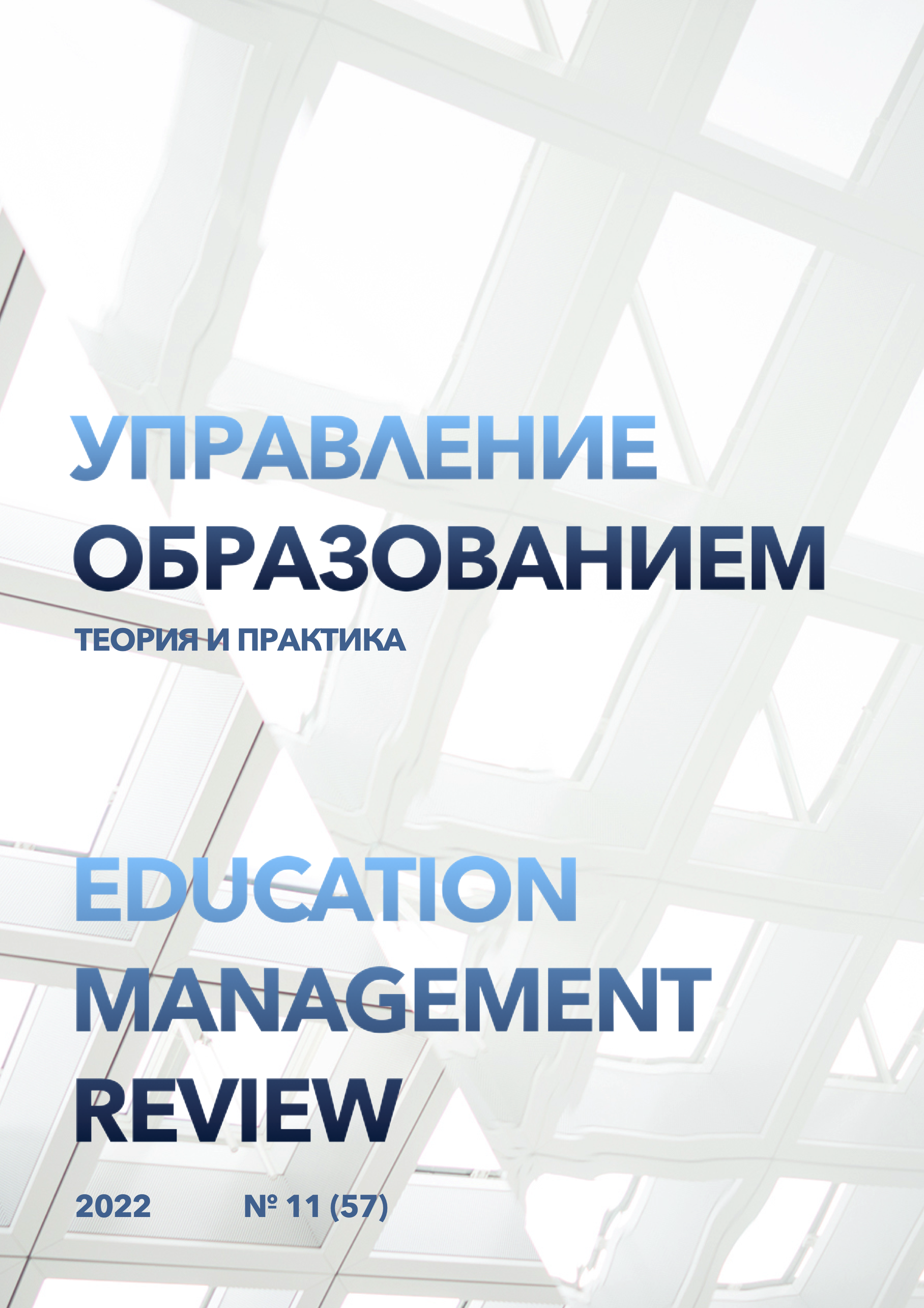Improving the methodology of teaching a foreign language in the structure of sustainable development of society
DOI:
https://doi.org/10.25726/y9738-5081-4828-aKeywords:
social development, sustainability, structure, methodology, teachingAbstract
Multilingualism as a modern socio-cultural phenomenon actualizes the importance of the processes of analysis, improvement of pedagogical technologies, approaches and methods of teaching foreign languages to students in domestic educational institutions. If we explore the essence of current concepts of learning, then it is worth remembering that this is a category that requires an analysis of its content and components in dynamics, using an evolutionary approach; changing the forms of organization of the educational process and its essence occurring in harmony with the development of the state and society, transformations in each of the spheres of life, a permanent increase in the requirements for the competence of modern specialists, the source of which is the dynamic development of the global labor market, as well as the actualization of digitalization. Accordingly, modern methods of teaching a foreign language at a university need constant research, since they represent an important stage in the training strategy for knowledge seekers, the individual elements of which are communication support between a student and a teacher, as well as between a group of students, the development of basic professional competencies, the formation of language skills. The reason for this is a social need, which entails a change in the requirements for modern specialists. Competitive is the employee who can work without barriers in a multifaceted, multilingual and multinational society.
References
Барышников Н.В. Теоретические и практические аспекты преподавания иностранных языков и культур в различных условиях. 2017.
Бесараб Т.П. Использование коммуникативной методики в преподавании английского языка // Молодой ученый, 2019. № 5.
Виноградов В.С. Введение в переводоведение «общие и лексические вопросы». Москва, 2019.
Гальскова Н.Д., Гез, Н.И. Теория обучения иностранным языкам. Лингводидактика и методика: Учеб. пособие для студ. лингв. ун-тов и фак. ин. яз. высш. пед. учеб. Заведений. Издательский центр «Академия», 2006. 336 с.
Демина В.А. Изучение отношения студентов факультета международных отношений МГИМО к изучению предметов психолого педагогического цикла для становления профессионального общения будущего дипломата // Сервис plus. 2021. Т. 15. №4. С. 86-95.
Мирзоева Ф.Р. Использование эвфемизмов в дипломатическом дискурсе // Язык. Культура. Общество. Актуальные проблемы, методы исследования и проблемы преподавания. сборник статей. М.: Дашков и К, 2021.
Похолков Ю.П. Подходы к формированию национальной доктрины инженерного образования России в условиях новой индустриализации // Инженерное образование. 2012. №9. С. 5-11.
Соколова Н.И. Анализ использования открытых электронных ресурсов в преподавании иностранного языка у студентов экономических специальностей вуза // Мир науки, культуры, образования. 2021. № 2(87). C. 245-247.
Сорокопуд Ю.В., Сушкова С.А., Филимонюк Л.А. Возможности реализации технологий контекстного обучения в СПО // Мир науки, культуры, образования. 2021. № 5(90). С. 218-220.
Танцура Т.А. Контекстное обучение иностранному языку в профессиональной подготовке студентов // Мир науки, культуры, образования. 2018. № 4(71). С. 238-240.
Щукин А.Н. Методика обучения речевому общению на иностранном языке. Учебное пособие для преподавателей и студентов языковых вузов. М.: Издательство Икар, 2011. 454 с.




